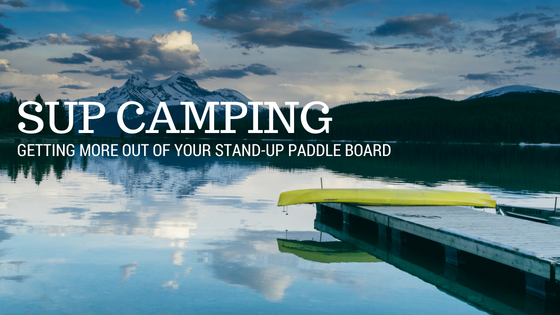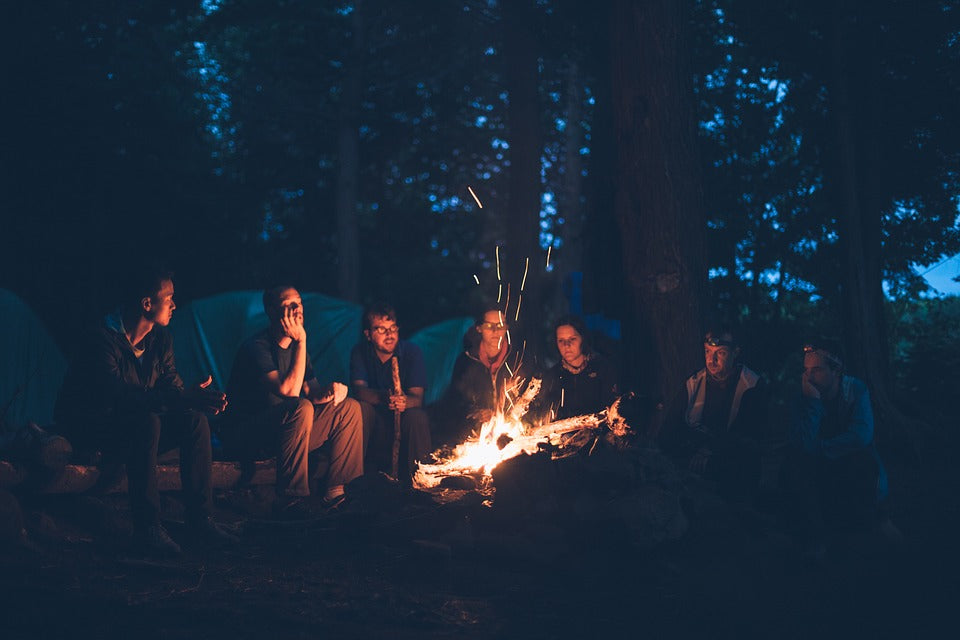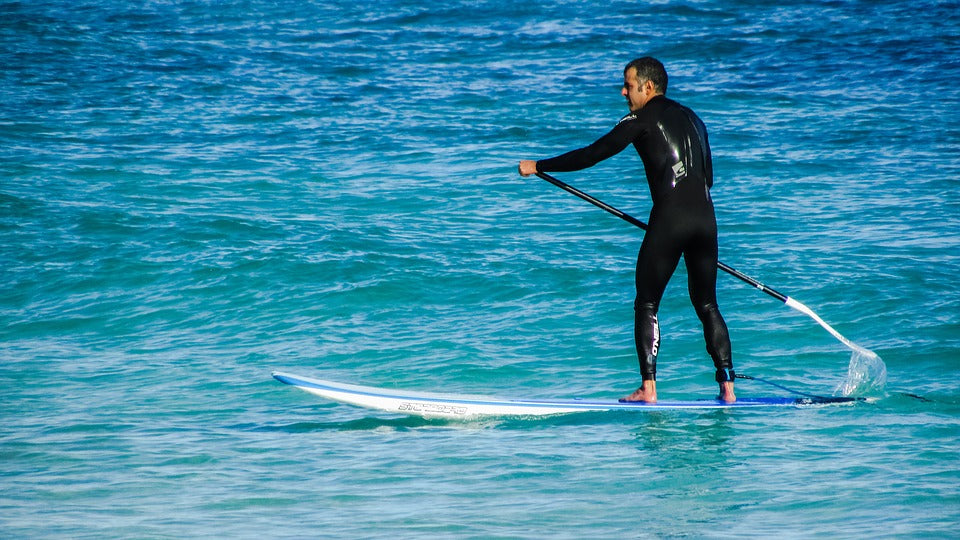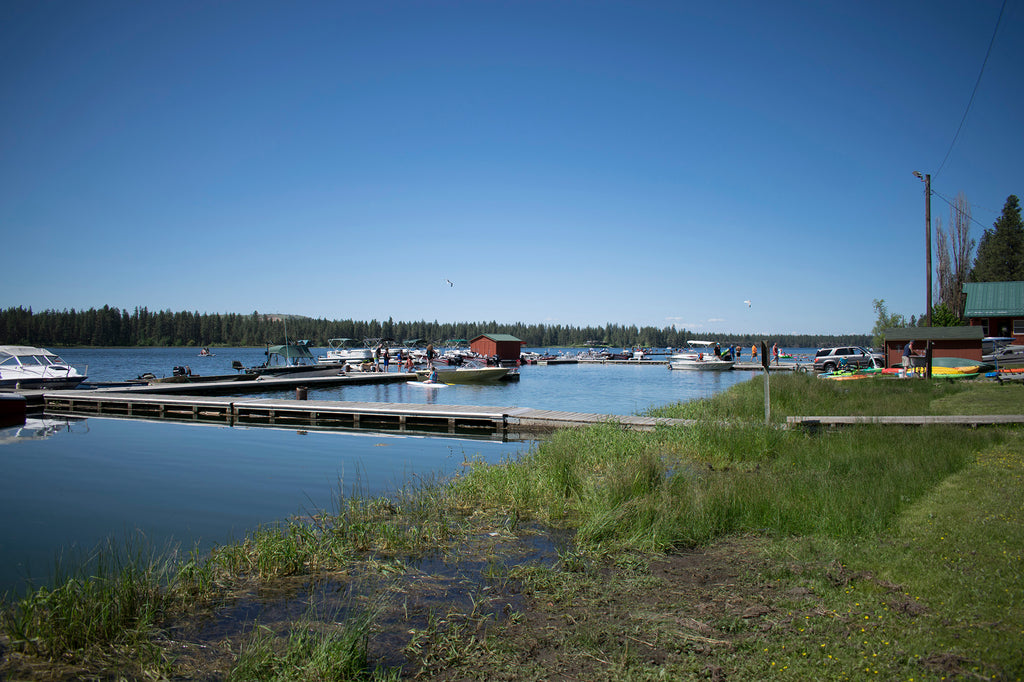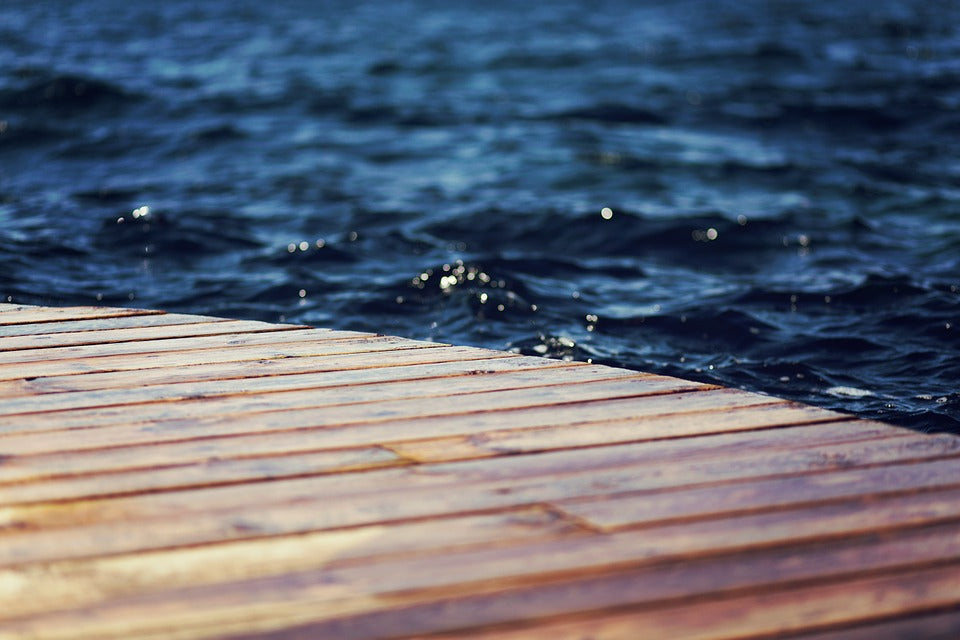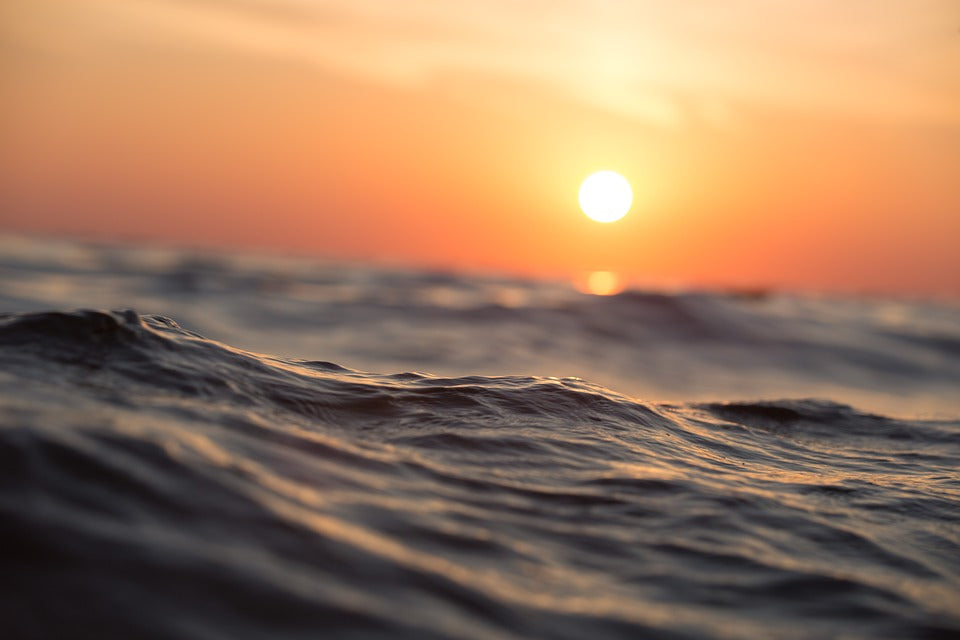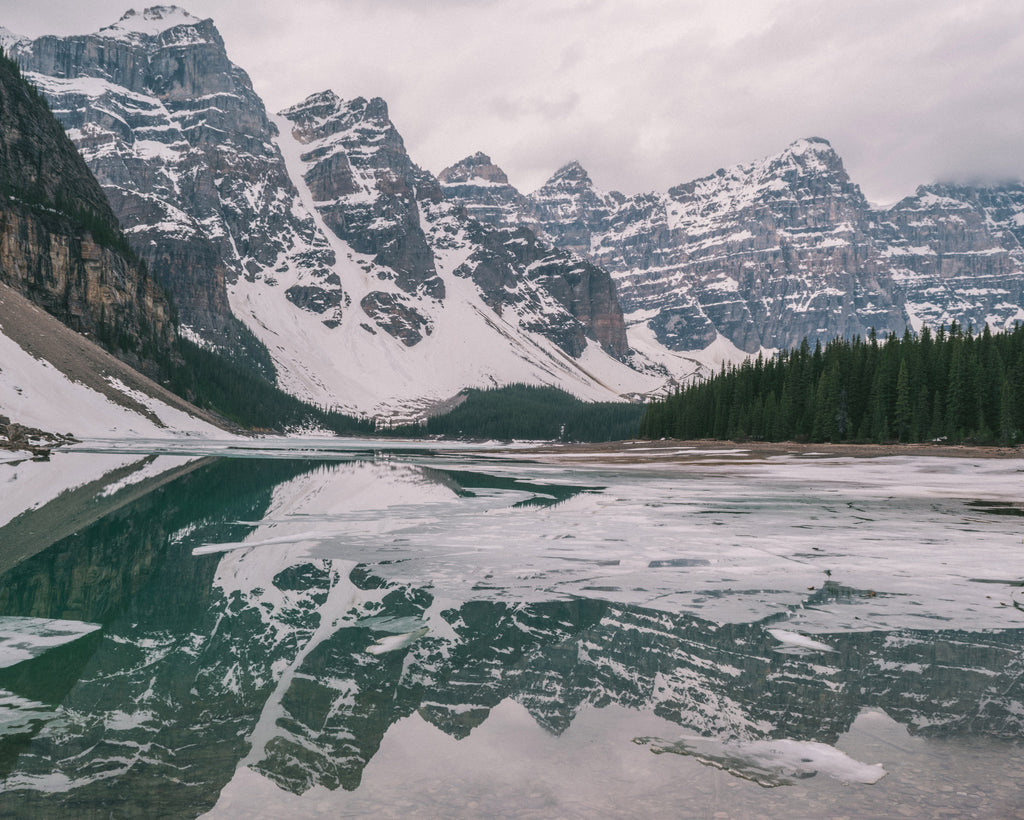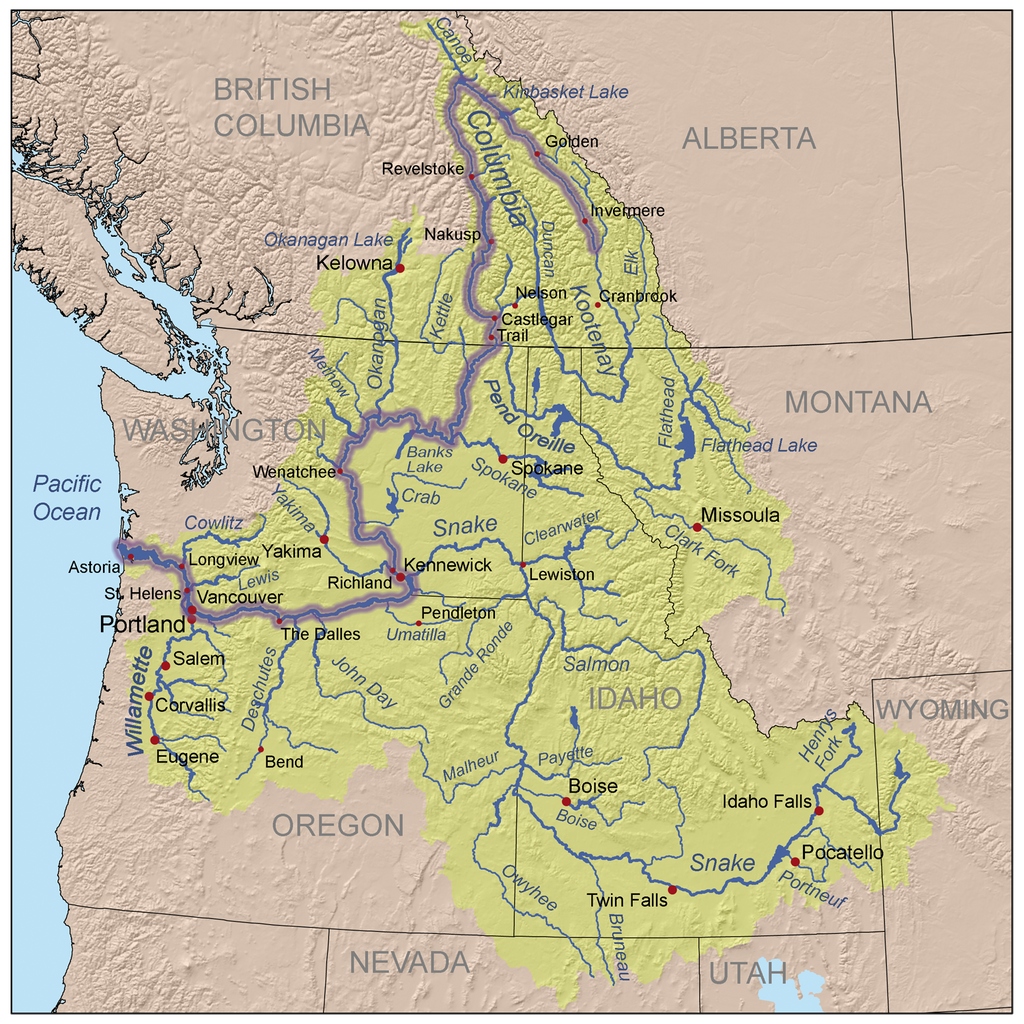Though I lived within a mile of a lake while growing up and visited it several times a week during the summer, I still remember the anticipation, the excitement, and the overwhelming desire to run out of the car and down to the water as soon as it got within sight. It didn't seem to matter how many times I went - my reaction was always the same. As a kid, my top concern was fun. Water was fun. Splashing was fun. Swimming was fun.
Waiting was not. Sunscreen was not. Rules were definitely not.
Now that I'm older, hopefully a little wiser, and with a child of my own, I've come to appreciate some of those rules my parents drilled into my head at such a young age. With that thought in mind, I'd like to share some of those rules with you and your family with the hope that they will provide some ease of mind and make your summers a bit safer and a lot more fun.
Please save and share the infographic on basic water safety with friends and family. Although it was originally designed for SUPs, it applies to most watercraft.

Travel With a Buddy
This one seems obvious, but I'm always surprised by how often it's ignored. Water travel isn't like a car travel. If something breaks and you get stuck, you can always call a tow-truck while on the road. And if you end up having to spend the night? At least you're warm, dry, and in the relative safety of a car.
On the water, things are far more dangerous. Some lakes can span many miles, rivers go even farther, and depending on the time of year, time and day, and particular water you happen to be on, there is a chance that you won't be able to flag anyone down for help. If you are injured out on the water, you may not have time to wait for someone to find and help you.

Having a buddy with you can save your life, literally, so don't risk it if at all possible.
And if you do have to go it alone? Always leave your information with a friend. Give them a detailed map of the water you're going to be traveling including marked areas for every stop you plan to make, and then don't improvise once you're out there. List the time you plan to leave, the time you plan to return, and visual cues (the color of your clothes, vest, watercraft, and so on) for rescue crews should they be called.
Bring a Map, GPS, and Compass
These are useful whether alone or with a group as it is easy to get turned around while out on the water. There are no road signs and in some cases there aren't even many landmarks by which to orient yourself. Having a map and compass can mean the difference between getting off the water and into town before nightfall ... or eventually wandering into town sometime after 2 AM only to realize it's the wrong town.

Although most phones have GPS capabilities, don't rely on it to always work or be accurate. Many lakes are in remote areas and reception can be spotty at best. Plus, if you've been using it to take pictures during your trip, the battery might not have much power left. Bring a separate GPS unit if at all possible and make sure it's charged before heading out.
Watch for Changes in the Water/Weather Conditions
This is especially important for those of you using non-motorized boats. Though this may be hard to do depending on your water access, it is better to row against the wind at the start of the trip when you have plenty of energy to spend. Then, on the return, when your muscles are already starting to ache and you're feeling the burn, the wind will be at your back and will help you get to your drop-in site rather than fight against you.
As for the weather? The dark clouds in the distance may seem a long ways off, but a quick change in the wind and they'll be dumping rain on your head before you know it. Always watch the skies for any sign of impending storm. If it looks questionable, don't risk it. Shorten your trip and remain within easy rowing distance of your drop-in site. It you see any lightning or hear thunder, get off the water immediately. Go straight for shore - regardless of if it's your drop-in site or not. A bit of trespassing is nothing compared to electrocution and most land owners will understand given the circumstances.

Remember, water doesn't attract lightning, but it is a great conductor. A lightning strike doesn't have to be a direct hit to kill you while on the water. More importantly, while out on the very flat, very open water, you will most likely be the tallest thing around and will serve as a lightning rod.
Don't Lose Track of Time
This is important for many reasons. One, watercraft are required to have lights after a certain time each evening to be sure they can be seen by other watercraft. If you're busy taking pictures and exploring and forget the time, you may find yourself in a dangerous situation, especially if you're using a non-motorized boat with no built-in lights.
Two, things look different in the dark. It is far harder to find your way home when the landmarks on the shore are no longer visible.
Three, if you're out alone, losing track of time could cue your friend to call for help. They may believe you to be hurt or lost when, in reality, you fell asleep in a sheltered bay after a nice afternoon swim.
Bring Your Dog and Give Them a PFD

Many dogs can swim and love being out on the water. Some dogs can even swim for great distances. But it may be dangerous to assume that just because your dog can swim out thirty feet to collect the stick you threw that he can swim the two hundred yards back to shore after your boat capsizes. Even if he can, many dogs won't swim for safety if their family remains behind and having them tread water waiting for you could prove deadly. If you're taking any pet on the water and they aren't a goldfish or the family parrot, get them a personal flotation device built to support their weight and size in the water.
Remember Your Car Keys (and Any Other Important Items)
This may seem obvious, but many people leave them behind - usually locking them inside their car. Sound familiar? Before you go, check for your keys, wallet, and phone. It's always a good idea to have identification and a bit of money on hand, just in case. Worried about them getting wet? Invest in a good dry-bag. I suggest getting one that's brightly colored to make it easier to see on the water or from a distance.

Dry-Bag by Stillwater Outdoors
Watch for Other Boats
It's always a good idea to have at least one person in every group take a boater's safety course before going out on the water. In some states, it's required, so be sure to check with the local laws before you head out. Even if it isn't, the course will provide you with vital information that could save your life while out on the water.
For those of you using non-motorized craft like a SUP, canoe, or kayak, the general rule of thumb is to avoid motorized boats as best you can. They are moving faster, are heavier, and will do a lot of damage if they hit you. Yes, they are supposed to be watching for other boaters. Yes, like pedestrians, you do have the right of way in many cases. But none of that matters if something happens to distract them and they drive straight into you.
While boating, do everything you can to make yourself easier to see. Brightly colored clothes, flags that wave overhead, even lights can help to make collision less likely. And if you decide to jump into the water for a swim? Always remain close to your boat, never do so in high traffic areas, and remain vigilant.
Don't Get Too Close to Wildlife
Although seeing that massive turtle sunning itself on a log would make for a great photo, that yawn isn't really a yawn. And that hissing sound? The turtle you're trying to get a selfie with isn't pleased. More importantly, even something as seemingly benevolent as a turtle can be dangerous. Snapping turtles' jaws are meant to cut and combined with their jaw strength can severe fingers and toes.

So if you happen to see a little critter frolicking playfully in the water as you row past, take a picture ... but do so at a safe, responsible distance. Remember that wildlife, as the name implies, is wild and when you're out on the water, you're in their domain. Be respectful. Even turtles deserve a little personal space.
Tie Off Your Boat
After several hours of boating, a planned lunch break may seem like a good idea. You pull your boat onto the beach, empty out your snacks on a beach towel, and settle in for a quick meal. And after that? What's better than a quick nap or bit of sun-bathing (with adequate sunblock to protect against cancer of course)? So, twenty minutes later, you lift your head, scan the beach, smile at the duck paddling through the reeds, and then feel your stomach drop as you realize that's your boat floating across the lake.
Although lakes and rivers don't experience tides in the same way the oceans do, there are plenty of other factors to consider - the biggest one being the wind. A quick change in its force or direction could be disastrous for your trip. So the next time you stop for lunch, tie your boat to something permanent - a tree, a massive boulder, a heavy anchor. Anything that will hold it in place should the wind change direction.
From all of us at Stillwater Outdoors,
Have fun and be safe.




